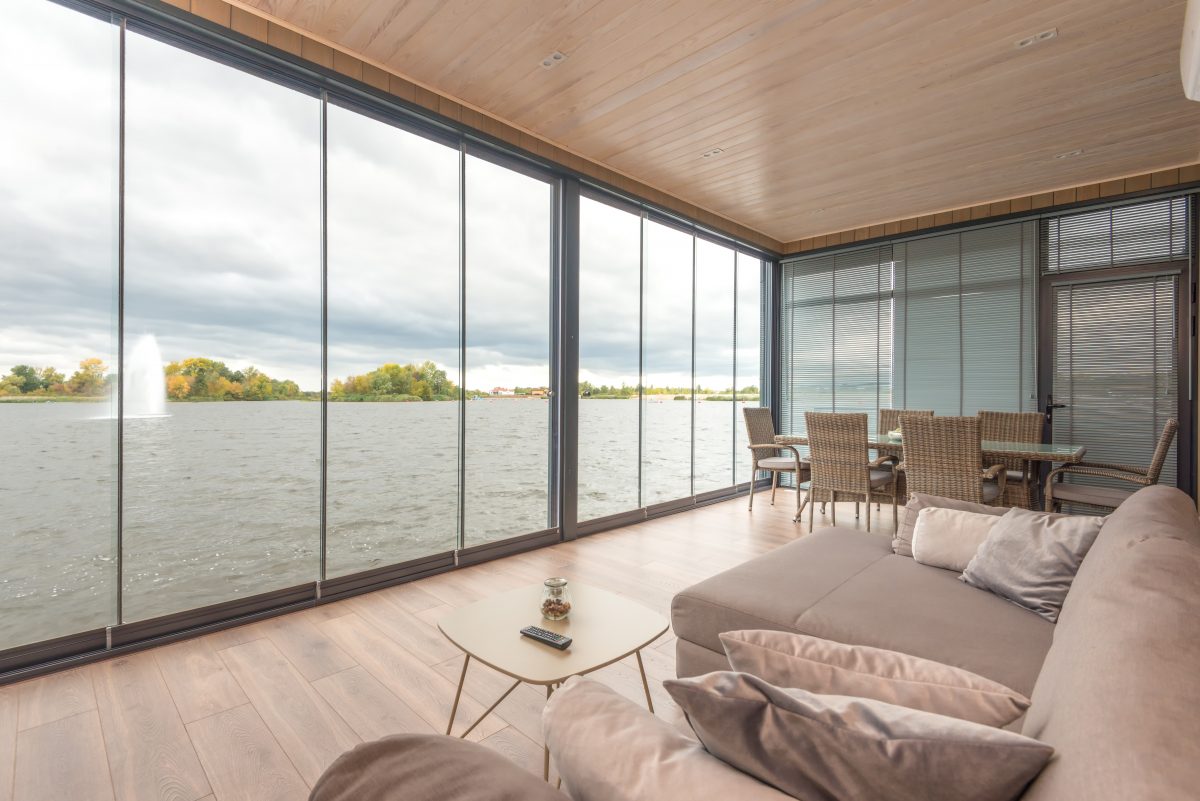The concept of minimalist architecture is to strip everything down to its essential quality and achieve simplicity. Ludwig Mies van der Rohe, a German-American pioneer of modern and minimalist architecture, coined the phrase “Less is More.” He strived for simplicity and clarity in his post-WW1 Architectural design. He stripped away ornamentation of architecture declaring “ornament is a crime.” Mies utilized austere materials to design elegant and beautiful spaces. He believed that the ultimate goal of minimalist architecture was to make something great from only what is necessary.
To achieve minimalism, begin by removing the distraction of possessions, so you can focus on those things in your life that matter most. Owning fewer belongings can help you focus on only those items that you really need. Minimalism is marked by clarity, purpose, and intentionality and as a result, it forces improvements in all aspects of life.
Modern culture has taught us that the “good life” is found by accumulating things. The “more the better” is the idea that happiness can be purchased at a store. Minimalism shows how wrong this can be and dares us to seek contentment elsewhere. It values relationships, experiences, and self-care and confirms to us what we already have. It reminds us to be grateful and in doing so we find more abundant life. Embracing minimalism also brings freedom from the American all-consuming passion to possess. It is believed that becoming a minimalist can help slow down life thus freeing us from the modern trend to live faster. It requires us to delve deeper into ourselves to become more introspective about our values and passions. It aims to remove the frivolous and keep only the significant.
In Architecture, minimalism involves the use of simple design elements, without ornamentation or decoration. Advocates of minimalism believe that by condensing the content and form of a design to its bare essential elements, the true “essence of architecture” will be revealed. The minimalist movement is not something new. It has been influencing and shaping architecture for over a century. Throughout this century, architects have returned to minimalism as they worked with glass, steel, and reinforced concrete.
The concept of minimalist architecture is uncomplicated. Everything is stripped down to its essential quality to achieve simplicity. The idea is not completely without ornamentation, but that all parts and details are considered as reduced to a stage where nothing can be removed to further improve the design. Structures are created simply to maximize space and a feeling of openness. By embracing new materials and rejecting ornamentation, the minimalist movement has grounded architecture through rational use and function. Modern designs have become more closely tied to cost, construction, and aesthetics.
Minimalism can be attained in your own home by incorporating these elements into your design. Some characteristics of modern minimalist house design include:
- Clean, open, light-filled spaces/rooms.
- Simplicity in form and function.
- Uncomplicated cladding and wall finishes.
- Strategic use of materials for visual interest, texture, and personality.
- Simple details devoid of decoration.
Become inspired by the “less is more” concept as you design your home. Minimalism beautifully illustrates this concept. Think simple, straightforward forward, and efficient plan layout. Strive for order and harmony through the use of geometric forms, bare walls, and simple materials. Keep in mind that open floor plans, emphasize views and daylight. Chose a simple house design that avoids complex curves and angles thus freeing you to relax and disengage. Aim for a simpler life, keeping only the essentials. Bring together nature and your interior. This can help you to achieve balance. In this way, you too can incorporate minimalism in your life focusing on only the “essence of architecture” in your design. Remember to focus on the minimalistic concept of “less is more.” Enjoy your new simpler surroundings.


